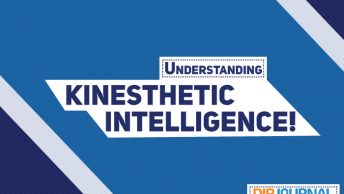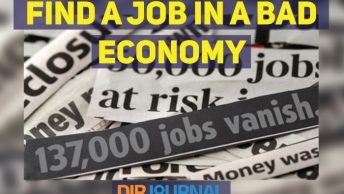Putting a child through school washes away all the savings and then comes college, where parents end up at the hawk-like lenders’ doors. There certainly are loans for students, but when was a student loan ever enough for college? Families often have to lean towards private loans to help them cover the huge gap between the college education cost and the federally backed student loans.
What this means, with the current credit crunch, is the inability to get loans except for the most creditworthy of all and for the ones that do secure a loan, it means higher interest rates.
It is very important for families to consider various alternatives before taking a private loan. The variable interest rates and the fees are much higher now, making private student loans far more expensive than the student loans, which carry a low fixed interest rate. There are some states that offer bargain-rates on loans to those children that live or attend college within their borders.
According to Kalman Chany, author of Paying for College Without Going Broke, “Private loans should be a last resort.”
In spite of knowing the issues associated with such loans, many families still go in for private loans. There are other students that do not qualify for the federal loans, either because they are foreign students of because they have less grade points. These students have no other alternative available but to approach the private lenders.
According to experts, there are certain things to keep in mind while looking for a lender. One should not go by the lower rates being advertised. Interest rates depend on the borrower’s credit score and the percentage varies from person to person. Even those students that have good credit usually take the help of either family or relatives with a better credit history to be co-signers. This means, the co-signer is accepting the responsibility of repaying the loan if the student does not pay back.
They also say that comparison of rates between lenders should be done, by filling applications with more than one lender, keeping in mind not to fill more than three or four applications within a few days, as this would damage the credit score, which encourages a lender to charge higher rates of interest. According to Robert Shireman, executive director of nonprofit Project on Student Debt, “Credit bureaus view a lot of loan inquiries as evidence that you’re trying to load up on debt.”
The financial aid office in the school can help with the rates that different lenders charge. Sometimes, they may also have special deals in place for their students. Even the state-affiliate nonprofits can be approached for advice.
Students that do not have anyone to co-sign for them, may have to consider a private loan that does not depend on credit scores. Another way to look for lenders is to check for those that offer low rates to applicants with good credit scores.
Because of the credit crisis, many lenders have stopped giving loans and some lenders are cutting down on the discounts they used to offer on fees and rates. However, borrowers who agree to make loan repayments while studying, may still stand a chance of availing loans with low interest rates.
There is also the problem of lenders leaving the business before the loan is disbursed. It is always good to have a backup if one lender drops out. Unlike lenders, larger banks are least likely to leave since they depend on customer deposits as a source of funds, it could be a good idea to approach the banks.
A good amount of research needs to be done when availing private loans as choosing the wrong option could mean ending up struggling for years to pay the huge interest rates; and every bit of savings counts, in order to survive in this world of escalating costs.












